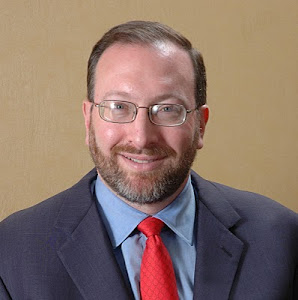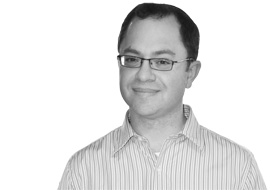 Here’s an interesting passage from a rare interview with famed value investor and Baupost Group founder Seth Klarman. (The full transcript of the 2008 interview is embedded below.)
Here’s an interesting passage from a rare interview with famed value investor and Baupost Group founder Seth Klarman. (The full transcript of the 2008 interview is embedded below.)
David Salem, President of the TIFF Education Foundation: The next question is one that I’ve asked other folks who’ve appeared on this stage over the years. I get asked the question a lot when I go out and talk to groups of college students or graduate students. They ask, “Is investing an art or a science or a craft?”, where
craftsmanship is defined as the ability and willingness to come to work every day and do the same thing over and over again. How would you answer this question as it applies to what you do professionally? Art, science, craft: what’s the balance among the three?
Seth Klarman: I would say art first and foremost, craft second, science third. To me, the science of valuing things and of identifying when things sell at a discount is as straightforward as could be. It’s almost a commodity these days; when you hire business school kids, they all know how to do that. There are nuances and places they might make mistakes, but I think that’s the easiest part, albeit for a layperson it might seem like the hardest part.
I think there is a big element of craft in showing up, especially for a value investor where part of the game is discipline. It’s like Warren Buffett says, you are in a game with no umpire and no called strikes, so you can keep the bat on your shoulder for a long time. So the craft of showing up and saying, “Nope, nothing interesting today. Nope, still nothing interesting,” is really important. There are other parts that are also like a craft, such as hiring, which is tedious, as you know. One year we interviewed over 50 people and made no offers, so it was like waiting for a cheap stock. You’re waiting for something, and unless you have a massive hole that you have to fill, you have no urgency, so it forces you to have that long-term, craft-like perspective.
I think, ultimately, the nuances I was talking about — the ability to distill two or three major themes out of an investment and get right to the heart of the matter — is truly an art. Some of our best analysts can get up to speed in a day or two on something they’ve never heard of before. This is a world where many people have chosen to specialize, to have silos, to have narrow areas of extreme expertise. That’s a legitimate choice, and many of the best long/short funds, for example, have their pharmaceutical analyst and their oil and gas analyst and their financial analyst. We respect that, but we think more value is added by being generalists and seeing opportunities from a broader perspective. If you have silos, you’re going to own things only within those silos. If you have the broader perspective, you can say, “I don’t even like stocks, I’m working on distressed debt,” or something like that.
Klarman 2009 Interview by Devon Shire



![Using Twitter to trade stocks [VIDEO]](/content/default.jpg)
